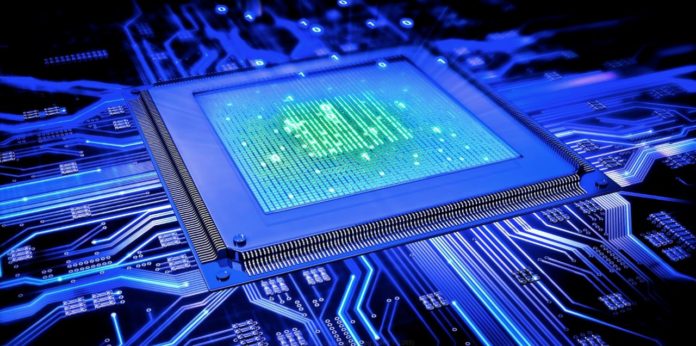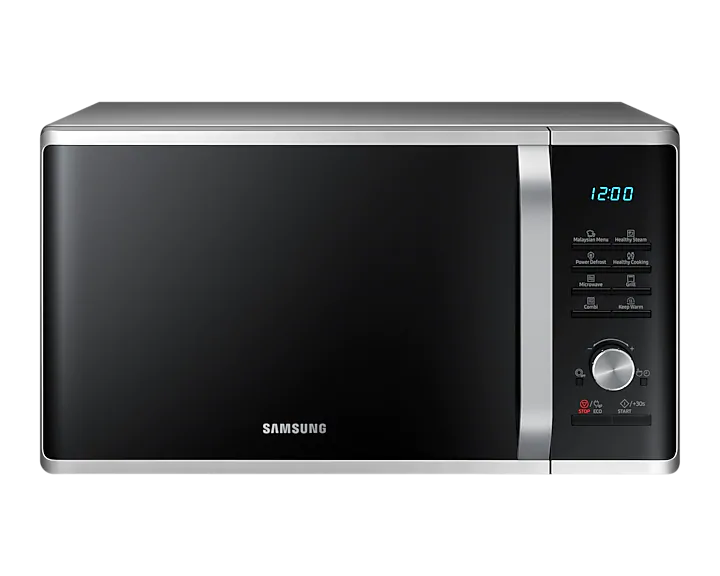The Control Unit (CU):
The control unit ultimatley controls the entirety of the CPU as its main job is to execute program instructions by following the Fetch Decode Execute Cycle.
It controls the flow of data inside the CPU and outside the CPU.
The Arithmetic Logic Unit (ALU):
Ultimatley does all of the calculations and comparisions.
It also completes logic operations and binary shifts.
Registers store the results made by the ALU.
The Cache:
Cache is very fast memory in CPU, however, slower than registers but faster than RAM.
Cache hs a very low capacity but is also very expensive compared to RAM and secondary storage.
Cache stores regularly used data for the CPU to access quickly because when it needs data, it checks Cache first then RAM.
The Clock:
The clock sends out signals at a constant rate that cycle between 1 and 0.
The signal is used to synchronise the rate at which instructions are carried out.
The rate of the clock cycles is called the clock speed.
The Buses:
Buses are collections of wires used to transmit data between components of the CPU and other parts of a computer.
The Registers:
Registers temporarily hold tiny bits of data needed by the CPU.
They are very quick at reading and writing, more than any other type of memory.

